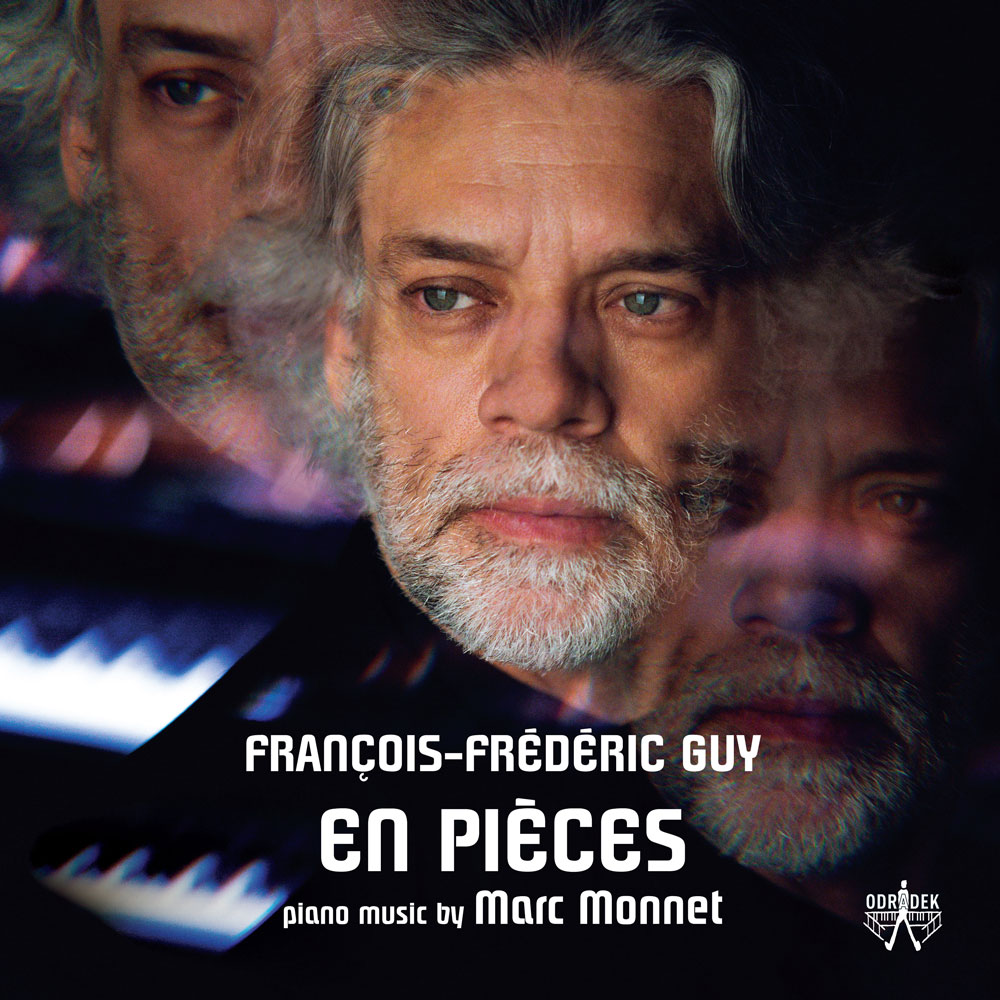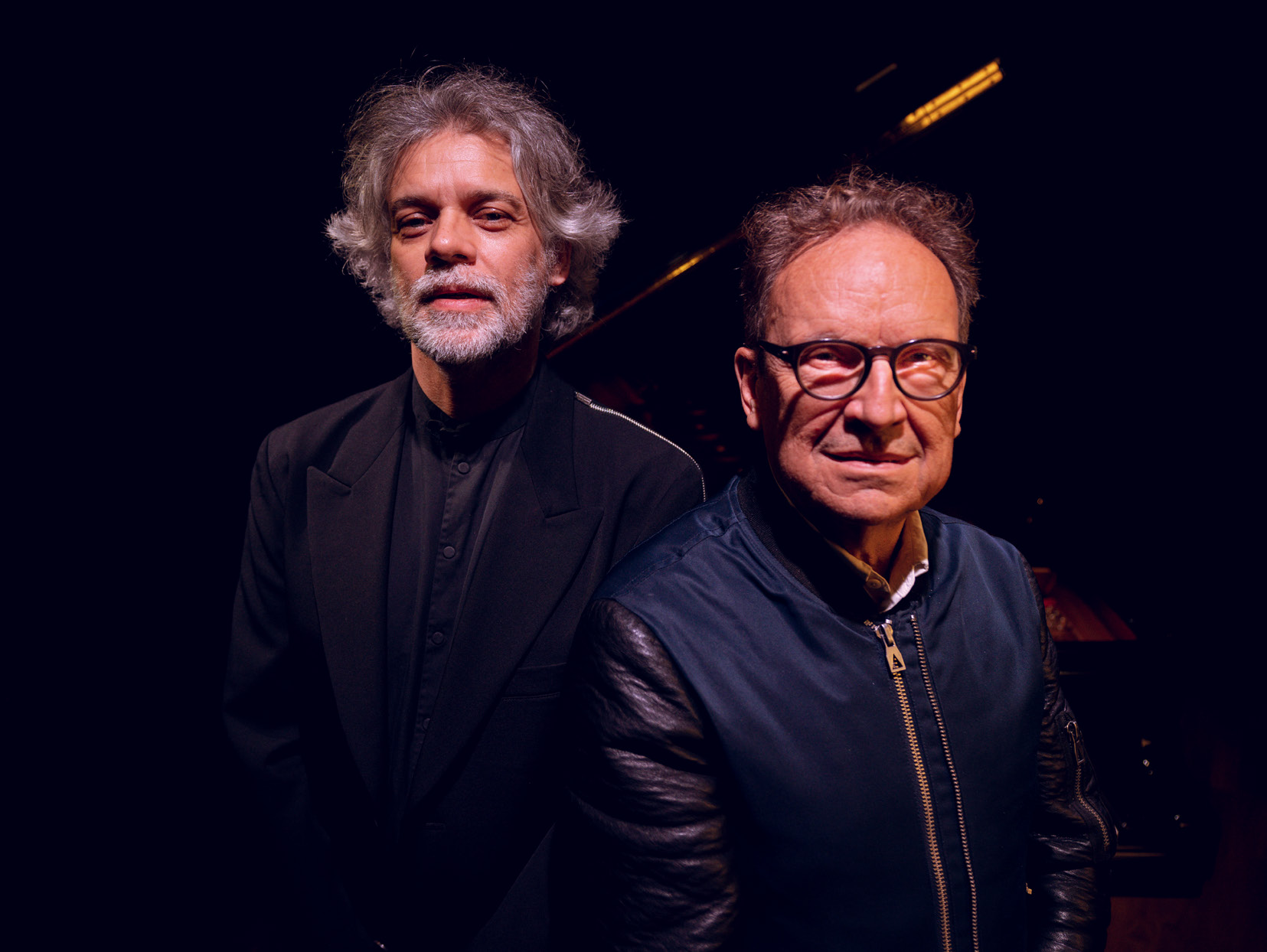From his piano lessons, Marc Monnet retains the memory of intimacy with a much-loved repertoire: Beethoven, Robert Schumann, Janáček, Schoenberg… From the age of six, his fingers run quickly over the keyboard, and he promptly enters the Paris Conservatory in 1960 at the age of 13 (with Prokofiev’s Seventh Sonata), before receiving a second accolade a few years later (with Beethoven’s ‘Waldstein’ Sonata). The young man does not continue any further, because on the one hand the repertoire that interests him keeps creating conflicts within his class (especially when he places Boulez’s First Sonata on the rostrum), and on the other, because he does not feel suited to the repetitive work necessary for a career as a performer. Moreover, he is already on another path: writing and creating. The composer he becomes maintains a familiarity with the piano, but without working from the keyboard and without giving the instrument of his childhood and adolescence a privileged place in his output.
While studying in Cologne with Mauricio Kagel and Karlheinz Stockhausen, one of his earliest works is noticed during the Darmstadt summer course (August 1974). This is a scenic piece composed for three musicians playing real pianos, and three others equipped with silent wooden pianos. Pour six pianistes integrates into musical writing, by theatricalising them, the physical gestures and the visual dimension of piano playing. A few years later, during his residency at the Villa Medici, he composes for Antonio Ballista and Bruno Canino Boîtes en boîte à musique à système (1977), an extreme work for two pianos lasting about 12 minutes, constantly chaining varied chords played fortississimo throughout. In October 1980, Jean-Claude Pennetier premieres, at the Rencontres internationales de musique contemporaine in Metz, La Joie du gaz devant les croisées, a short piece but of such virtuosity that the score remains neglected by pianists.
After this radical piece, it takes more than 15 years before Marc Monnet becomes once again interested in the piano. He returns to it in 1996 thanks to the possibilities offered by real-time electronics, which allow him to enrich and even go beyond the natural resources of the instrument and the performance of the player. Inspired by the photographs of German director Wim Wenders (Written in the West, 1987), Imaginary Travel connects eight differentiated atmospheres where the piano’s own space is multiplied by electronics. In the process, he composes Bosse, crâne rasé, nez crochu (1998–2000), the most ambitious piano work in his repertoire. This 45-minute score interweaves five movements for solo piano and three interludes for two pianos, accompanied by an ensemble of about 15 instrumentalists and augmented by real-time electronics. The relationship between the piano(s) and the ensemble is not concertante, but is described by the composer as “integrated”, without any overvaluation of the soloist(s).
When he returns to the piano in 2007, it is with the idea of small forms and even the work of miniaturisation, as if to auscultate and tame every gesture of piano playing.


